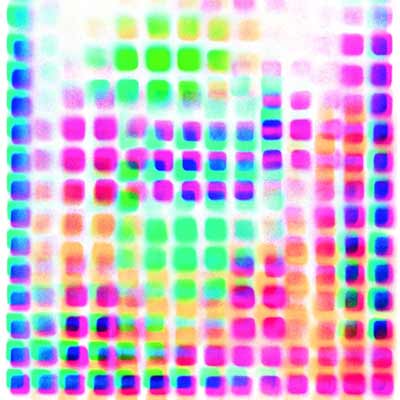Nisennenmondai’s style is hard to define: for a while, their music was part of Japan’s club and dance culture, much in the same way that Arca’s was in the United States before he went on to explorer weirder and stranger horizons. Like Arca, Nisennenmondai can hardly be described as dance music anymore. #N/A takes electronic music to its brink, rarely slowing down, intent on taking a well-established genre in new directions.
The results are oddly memorable, and perhaps one of the year’s strongest efforts yet from any artist in any genre. It’s only five tracks long, but it’s around fifty minutes. The group takes their time exploring ideas.
And exploration is certainly want the album is about. Rather than giving each track a name, Nisennenmondai simply give them a number. A part of me wonders if a number would have given away too much about their intentions, because each track is remarkably dense and refuses to easily give away meaning. The loops are long and intricate — not unlike The Field. Nisennenmondai, though, are more interested in the slow deconstruction of the loop.
I will note that I have a particular interest in the way #N/A uses drum tracks. The album pulses with them. High hats are in almost constant motion, and the album sounds jazz-like as a result. The first time you hear it, in #1, it catches you off guard.
These drums are consistent throughout stylistically, and are more important than the loop itself. As the trio takes apart each loop and breaks it down into a minimalistic arrangement, everything except the drums are largely open to experimentation. But each rhythm remains a constant.
On #5, as the final loops are breaking down, there’s a sound that reminds me of a broken guitar string being amplified through an old Marshall amp. It’s the complete des truncation of instrumentation, but it’s not unpleasant. If anything, it’s intoxicating. I’ve seen some comparisons to Giorgio Moroder, but I’m not sure you could compare #N/A to anything. It’s a dense wall of electronic rhythm and soundscapes, and it doesn’t offer any answers beyond itself. It’s the year’s most involved electronic soundscape, and perhaps one of its best.
